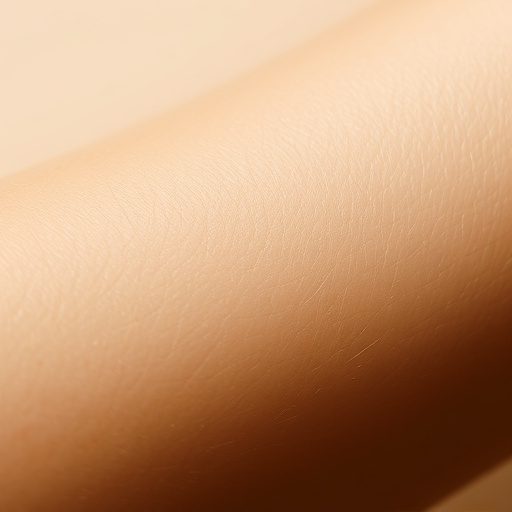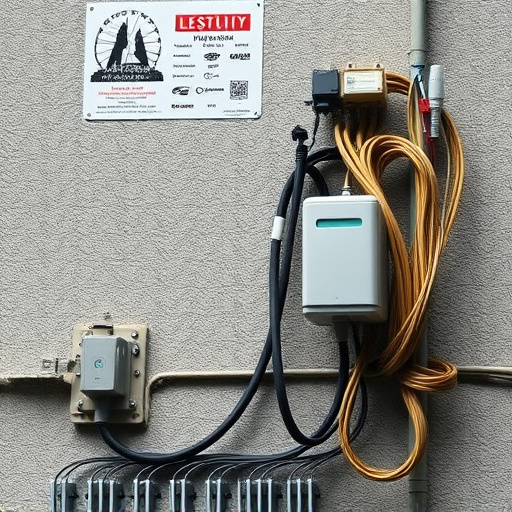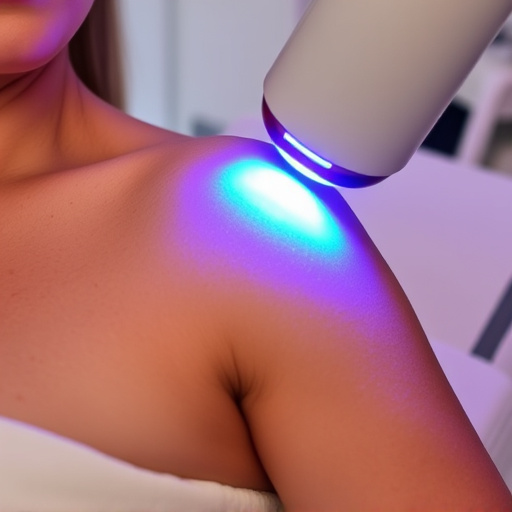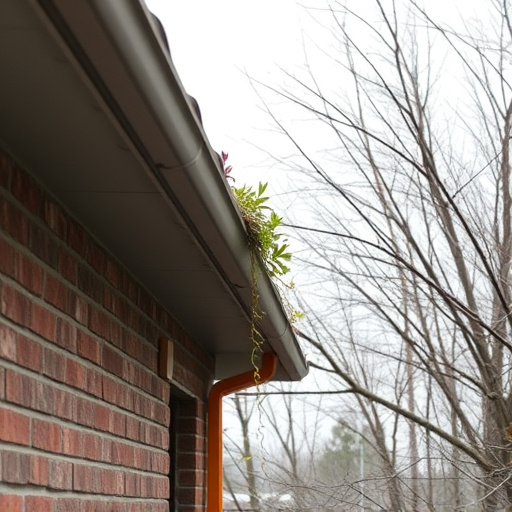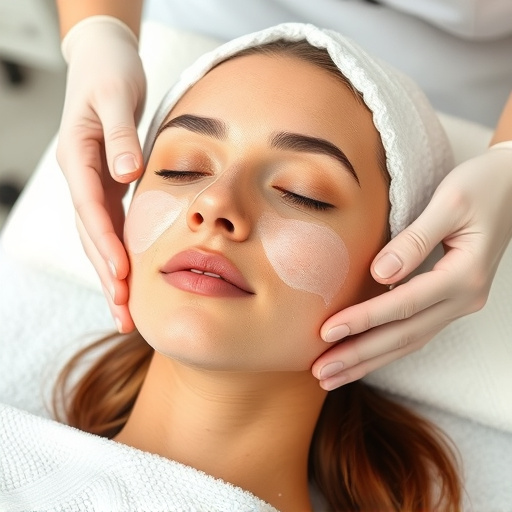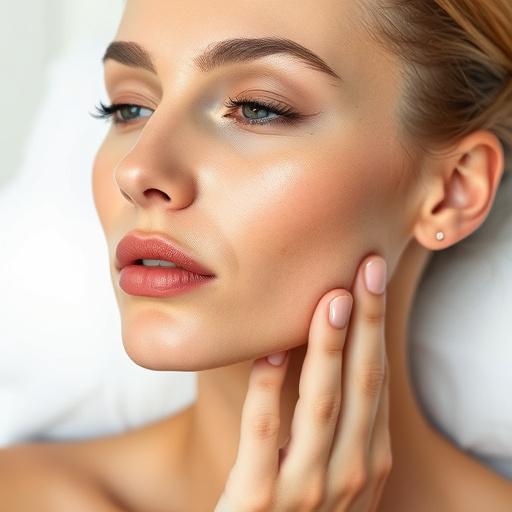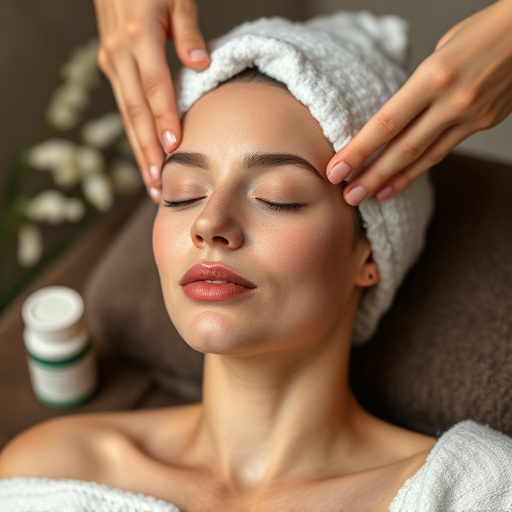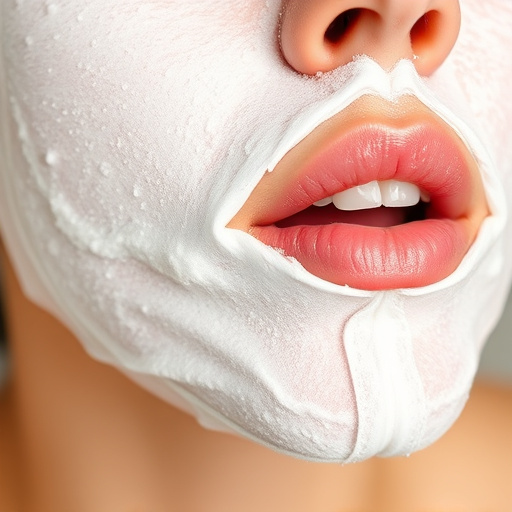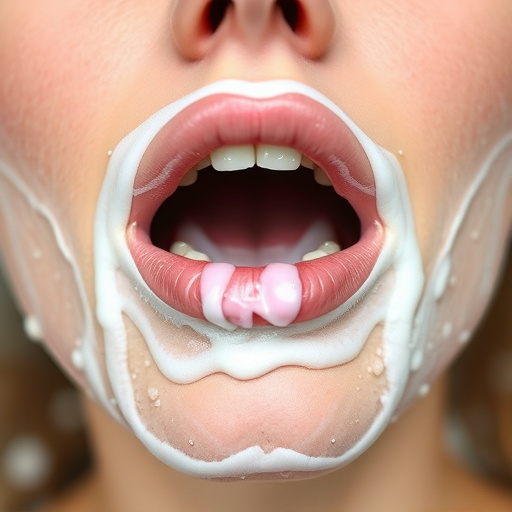Hormonal acne, caused by elevated androgen levels and excess sebum production, is treated through personalized plans ranging from OTC products to prescription meds and specialized procedures. Accurate diagnosis involves medical history, family history, skin type analysis, and potential hormone tests. Key steps include topical treatments, specific skincare routines, and for severe cases, procedures like cyst extraction or body contouring.
“Uncover a comprehensive guide to tackling hormonal acne, a common yet treatable skin condition affecting many. This step-by-step approach delves into understanding the root causes and triggers, from hormonal imbalances to lifestyle factors. Learn how accurate diagnosis is key to effective management. We’ll explore personalized treatment plans, offering practical strategies to mitigate symptoms and restore clear, healthy skin. Discover expert tips for a holistic hormonal acne treatment journey.”
- Understanding Hormonal Acne: Causes and Triggers
- Diagnosing Your Skin Condition Accurately
- Personalized Treatment Plan: Step-by-Step Execution
Understanding Hormonal Acne: Causes and Triggers
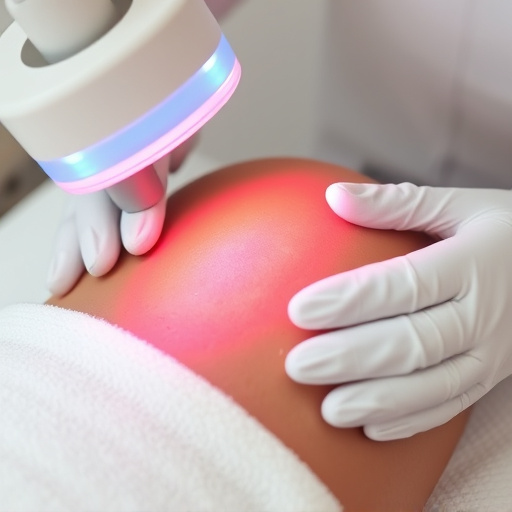
Hormonal acne is a common issue, especially for individuals with active hormonal systems, such as teens and those in their reproductive years. It’s caused by an overproduction of male hormones (androgens), which can stimulate the oil glands in the skin to produce more sebum. This excess oil, combined with dead skin cells, clogs pores, leading to inflammation and the appearance of acne lesions. Various factors trigger hormonal fluctuations, including stress, menstrual cycles, birth control pills, and even certain medical conditions like polycystic ovary syndrome (PCOS).
Understanding these causes is crucial in devising an effective hormonal acne treatment plan. While over-the-counter products can help manage mild cases, more severe instances may require prescription medications or specialized procedures. Microneedling therapy and skin tightening techniques have emerged as popular non-invasive options, offering potential benefits for not just acne treatment but also improving overall skin texture and reducing the appearance of fine lines—a bonus for those seeking anti-aging solutions alongside hormonal acne relief.
Diagnosing Your Skin Condition Accurately
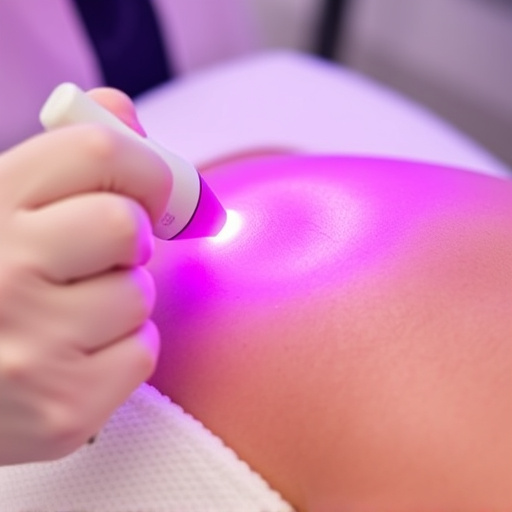
Accurately diagnosing your skin condition is the first step towards effective hormonal acne treatment. Hormonal changes, often tied to menstruation, pregnancy, or menopause, can trigger or exacerbate acne. To determine if hormonal acne is the root cause, a dermatologist will consider factors like your medical history, family history of acne, and current skin symptoms. They may also recommend specific tests, such as blood work, to check for imbalances in hormones like testosterone, progesterone, or insulin.
Understanding your skin type and the unique characteristics of your acne lesions is crucial. Non-hormonal factors like stress levels, diet, and skincare routine can also influence breakouts. Your dermatologist might suggest examining your lifestyle, including any recent changes in medication or birth control methods, as these could potentially contribute to hormonal acne. Additionally, they may recommend medical spa services like chemical peels or pore refinement procedures to address specific skin concerns alongside tailored topical treatments.
Personalized Treatment Plan: Step-by-Step Execution
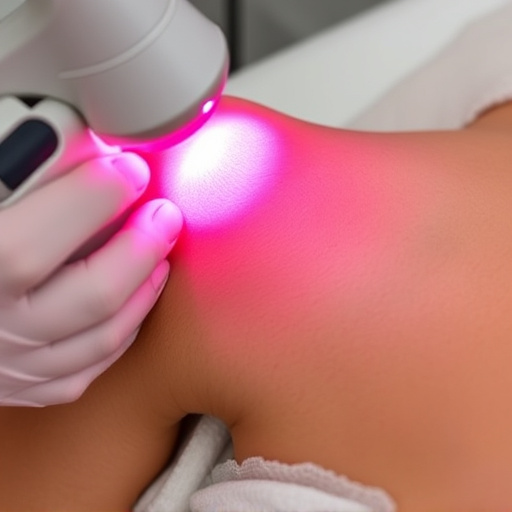
Creating a personalized hormonal acne treatment plan involves several strategic steps. Start by consulting with a dermatologist to understand your specific skin type and the root cause of your hormonal acne. This expert guidance is crucial for tailoring a regimen that addresses your unique needs. During this consultation, discuss factors like your menstrual cycle, hormone levels, and any underlying health conditions that might contribute to your acne.
Once diagnosed, your dermatologist will outline a step-by-step plan. This typically includes a combination of topical treatments, such as prescription creams or gels with ingredients like benzoyl peroxide or retinoids, which help unclog pores and reduce inflammation. They may also recommend specific skin care routines, emphasizing gentle cleansing and regular exfoliation. For more severe cases, procedures like extracting cysts or even body contouring treatments can be integrated into the plan to target problem areas and promote skin rejuvenation.
Hormonal acne is a common skin concern that can significantly impact self-confidence. By understanding the underlying causes, accurately diagnosing your condition, and adopting a personalized treatment plan, you can effectively manage and reduce breakouts. This step-by-step guide offers a comprehensive approach to hormonal acne treatment, empowering individuals to take control of their skin health and embrace a clearer complexion.
